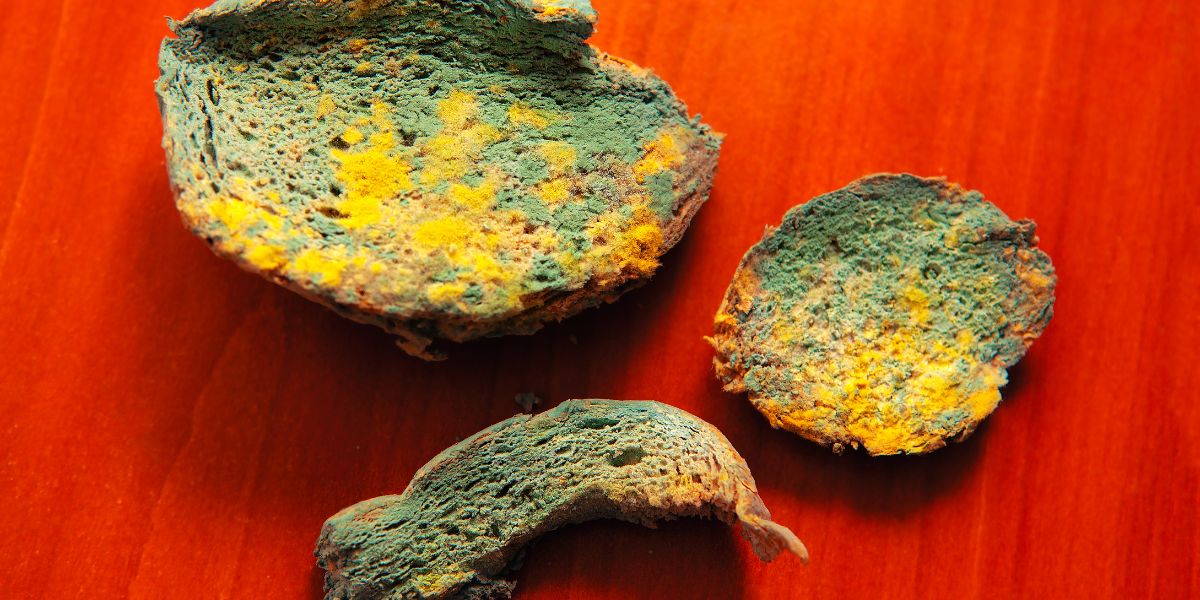Mycotoxins, harmful compounds produced by certain fungi, can pose a significant threat to indoor environments. This comprehensive exploration will delve into proactive measures for mycotoxin prevention and effective remediation strategies, focusing on Australian homeowners’ unique challenges.

Understanding Mycotoxin Prevention: A Holistic Approach
Preventing mycotoxin issues begins with a comprehensive understanding of the factors contributing to fungal growth. In the Australian context, where climatic conditions can vary significantly, homeowners should be vigilant about potential risks. This blog will guide readers through the importance of regular inspections, prompt identification of water leaks, and maintaining optimal indoor humidity levels.
To tackle the multifaceted nature of mycotoxin prevention, homeowners should adopt a holistic approach. Regular inspections of the home’s interior and exterior can help identify potential issues before they escalate. Addressing water leaks promptly is crucial, as stagnant water can provide an ideal breeding ground for fungi. Furthermore, maintaining optimal indoor humidity levels, typically below 60%, is key to discouraging fungal growth.
Ventilation as a Key Preventive Measure
Proper ventilation plays a crucial role in minimising the risk of mycotoxin contamination. Australian homes can benefit from effective ventilation strategies, particularly in humid climates. We’ll delve into the types of ventilation systems suitable for different home designs, emphasising their role in reducing moisture levels and discouraging fungal growth.
Effective ventilation is a cornerstone of mycotoxin prevention. In regions with high humidity, such as some parts of Australia, it’s essential to implement ventilation systems that facilitate air exchange and moisture removal. Strategies such as cross-ventilation and using exhaust fans in areas prone to moisture accumulation, like bathrooms and kitchens, can significantly contribute to maintaining a healthy indoor environment.
Landscaping Practices for Mycotoxin Prevention
The exterior environment can influence indoor air quality. We’ll explore landscaping practices that can help mitigate mycotoxin risks, such as proper drainage, appropriate plant placement, and strategies to prevent water accumulation around the home. Specific attention will be given to Australian flora and its impact on mycotoxin-prone environments.
Landscaping can play a crucial role in mycotoxin prevention. Proper drainage is paramount to prevent water from pooling around the foundation, which could lead to moisture infiltration. Strategic placement of plants can also contribute to improved ventilation around the home. Additionally, selecting native Australian plants that are well-adapted to the local climate can enhance the overall resilience of the outdoor environment against mycotoxin-producing fungi.

Testing Your Indoor Air Quality: A Proactive Step
Regular testing for mycotoxins is a proactive measure that can provide homeowners with valuable insights into their indoor air quality. We’ll delve into the importance of periodic testing, the available methods, and how professionals like Jason Chapple and Graham Singleton from Air Quality Australia can assist in accurate assessments.
While prevention is key, periodic testing adds an extra layer of assurance. Mycotoxin testing can identify potential issues before they manifest as visible mould or affect the health of occupants. Professional services, such as those provided by Jason Chapple and Graham Singleton from Air Quality Australia, involve thorough air and surface sampling, ensuring a comprehensive indoor air quality analysis.
Effective Remediation Strategies: Taking Action
If mycotoxins are detected, swift and effective remediation is essential. We’ll discuss actionable steps for homeowners, including removing contaminated materials, thorough cleaning practices, and using antifungal treatments. The blog will also discuss the importance of consulting with experienced professionals to ensure a comprehensive and lasting solution.
Remediation is a crucial step in addressing mycotoxin issues. Removing contaminated materials, such as drywall or carpeting, is often necessary to eliminate the source of the problem. Thorough cleaning practices, including HEPA vacuuming and surface disinfection, can reduce mycotoxin levels. Antifungal treatments may be recommended, and consulting with professionals ensures that the remediation process is thorough and effective.
Mycotoxin-Resistant Building Materials: A Future Perspective
Exploring building materials resistant to mycotoxin growth presents a forward-looking approach to preventing contamination. We’ll discuss innovations in construction materials that inhibit fungal growth, providing homeowners with additional tools to fight against mycotoxins.
Innovations in construction materials can contribute to long-term mycotoxin prevention. Building materials that resist fungal growth are becoming increasingly available. These materials, often treated with antifungal agents, can provide additional protection against mycotoxin-producing fungi. Incorporating such materials in construction or during renovations can create a more resilient and mycotoxin-resistant home environment.
Educating Homeowners: The First Line of Defense
Empowering homeowners with knowledge is crucial for effective mycotoxin prevention. This blog will underscore the importance of educational initiatives, offering tips, guidelines, and resources for individuals to better understand and address potential mycotoxin risks in their homes.
Education is the foundation of effective mycotoxin prevention. Homeowners armed with knowledge can take proactive steps to create a healthier living environment. We’ll provide practical tips on recognising signs of potential mycotoxin issues, understanding the conditions conducive to fungal growth, and implementing preventive measures.
Australian Regulations and Guidelines: Navigating Standards
Understanding existing regulations and guidelines in Australia regarding acceptable mycotoxin levels is paramount. We’ll provide an overview of relevant standards and regulations, helping homeowners align their preventive and remediation efforts with established benchmarks.
Compliance with established standards is critical for ensuring a safe and healthy indoor environment. We’ll explore any existing regulations in Australia related to mycotoxin levels and guide how homeowners can navigate and adhere to these standards. Understanding the regulatory landscape adds assurance for homeowners seeking to maintain a mycotoxin-free living space.
Conclusion: Building a Resilient Home Environment
In conclusion, this blog will emphasise the importance of a holistic approach to mycotoxin prevention and remediation in Australian homes. By combining proactive measures, effective testing, and informed decision-making, homeowners can create resilient living spaces that prioritise the health and well-being of occupants.
Achieving a resilient home environment free from mycotoxin-related concerns requires a multifaceted approach. From preventive measures such as proper ventilation and landscaping practices to regular testing and effective remediation, each step contributes to creating a home that promotes optimal indoor air quality and protects against potential mycotoxin issues.
Stay tuned for more in-depth insights into mycotoxin-related topics in our upcoming blogs, where we’ll explore various facets of indoor air quality and environmental health. Our next blog is about where mycotoxins come from.

